The Rev. Stephen M. Koeth, a Catholic priest and Ph.D. history candidate at Columbia University, was teaching a class one of Martin Luther King Jr.’s sermons that mentioned the road to Jericho. He found it striking that none of the students got the reference to the road, which is where the parable of the Good Samaritan takes place.
But then the Rev. Koeth realized it wasn’t just the road — the students weren’t familiar with the Good Samaritan.
That makes them pagans, in the very real sense of the word, he said.
“They have no knowledge, no practice, no anything,” he said. “It’s not that they’re antagonistic to religion. Some of them are, but often times it just has no meaning to them.”
Never before in American history has religion — and in the U.S., that inherently means Christianity — been so tested. Cultural distractions abound and church attendance is dropping, and faith leaders mired in scandal are struggling to figure out how to connect with the next generations of potential churchgoers.
People of faith are still a majority, with more than 75% of the country ascribing to some religion. All combined, Christianity counts for nearly 63% of the population.
Yet all the growth is on the other side of the spectrum, the so-called “Nones,” or do not have a religious affiliation. That includes atheists and agnostics, but the real stunning rise within the Nones has been those who don’t so much actively question or reject God, as much as they don’t see a reason to bother with religion.
Call them the apathetics.
The apathetics don’t attend services, don’t ascribe to any one creed, and often don’t even have much familiarity with the faith world. They account for a bigger share of the population than the agnostics and atheists combined, and their numbers are growing by millions each year.
“They’re terrifying,” said Ryan Burge, a political scientist at Eastern Illinois University and a Baptist pastor. “They have very low levels of income, low levels of education. They’re sort of checked out from modern society. They’re scary. They’re the people who are isolated.”
For the first time ever this year, the Nones are the largest demographic in the U.S., with 23.1% of the population, overtaking the Catholics and the evangelicals, Mr. Burge calculates. Among those ages 18 to 22 — the vanguard of Generation Z — more than 40% belong to the Nones, according his numbers, which are based on the General Social Survey, a massive trove of sociological data.
The increasingly chaotic religious landscape is causing friction, particularly where the beliefs of the faithful clash with the culture.
In Hollywood, Christianity is portrayed somewhere between a comedy and a disease, though some other faiths fare better.
In the states, blue laws have been wiped away, delivering Sunday from God over to the NFL, shopping and youth sports.
In the nation’s courtrooms, centuries of doctrinal Christian belief, which underpinned the nation’s laws, are being challenged by a smaller but politically powerful LGBTQ community.
All of which prompts the question: Will religion wither in 2020? Or perhaps it prompts the statement: Religion will wither in 2020.
Shepherds seeking flocks
“I find what’s hardest is there is no shared foundation anymore,” the Rev. Koeth said. “Religion isn’t even in the cultural air and water that used to be breathed and drank by everyone.”
There are obvious signs of that. For centuries, the Bible was the one cultural continuum. Shakespeare’s jokes would have been recognized by anyone of learning from his day through the next three centuries.
Now, the culture is fragmented, and TV epics on HBO or Netflix are more likely to be the source of shared knowledge.
The Rev. Koeth’s experience teaching the Good Samaritan to elite college students completely unaware of it was also telling.
“This isn’t just an issue for people of faith, it’s also this is ignorance of the canon of Western culture,” he said. “We are no longer merely trying to revivify practice among people who are Catholics and who have just drifted from practice and need to be brought back to Sunday Mass. We are literally having to evangelize.”
He compared the challenge to something like that required of the church during the Age of Exploration, when missionaries spanned the globe delivering the Christian message to remote corners.
“This is the central challenge, and we are not a church that has been built for that,” he said.
It’s not clear the other Christian denominations are in any better shape.
For decades, churches counted on a cycle. Teens would go off to college, cut their attendance or perhaps stop going altogether, then drift back when they grew older, got married and had children.
That’s not happening anymore. Now, they drift away and don’t come back.
Scott McConnell, executive director of LifeWay Research, an evangelical analysis firm, compared it to moving homes.
“Sometimes you have boxes that sit in the garage that just don’t get unpacked. For a lot of young people, religion is that box that just doesn’t get unpacked,” he said.
More people just aren’t unpacking that box.
The Public Religion Research Institute said the Nones in the U.S. are growing at a stunning rate. In 2010, they accounted for 18%. By 2012 they were 20% and have grown 1% each year since. As of 2018, 26% of Americans had no affiliation.
“Most of the increase in the unaffiliated seems to be offset by the decrease in white religious traditions,” said Natalie Jackson, PRRI’s research director.
The numbers are all the more striking because they defy global trends. Those proclaiming to be unaffiliated with a religion are actually shrinking as a share of the worldwide population, says the Pew Research Center for Religion & Public Life.
Christianity worldwide will hold static at about 31.4% from 2010 to 2050, Pew says. Hindus will maintain their numbers, and Buddhists and folk religions will decline slightly.
But Pew says the unaffiliated will drop from 16.4% to 13.2%.
The big growth globally is in the Muslim population, which will rise from 23.2% to 29.7%, nearly reaching the number of Christians.
In the U.S., non-Christian faiths have been holding steady, with some growth in the Muslim population, though it’s geographically uneven. Some regions show no Muslim presence at all, even as school systems in Maryland and Washington state add Muslim religious holidays to their vacation calendars.
Post-Christian nation
There are a host of theories about what has happened to faith in the U.S. — and to Christianity, in particular.
One is that the U.S. is following the path trod by Europe, with economic prosperity correlating with less religion. Another is that religious affiliation was always tenuous, but people are being more honest about it in surveys. A third is that Christian churches have become polarizing, Mr. Burge says, with liberals fleeing the churches and conservatives remaining.
Moderates then are put off by the increasingly conservative congregations around them.
The shrinkage is staggering. In 1976, mainline Protestants made up 30% of the country. Now they’re 10%. In a decade they’ll be 5%, Mr. Burge calculates.
“The polarization that has affected our politics has seeped into our religion. Moderate religion has been disappearing,” Mr. Burge said.
LifeWay Research, in a survey last year, asked Americans about their identity, in an open-ended question where they could list anything, and everything, they felt. Only slightly more than a third mentioned their faith.
“Culturally we’re very much in a place that’s post-Christian, and one of the signs of that is, ‘Is your religion an important part of your identity,’ only 37% actually mentioned that. That’s just another indicator of how people think about themselves,” Mr. McConnell said.
One factor is certainly part of the equation: People spend less time connected to their churches.
In the past, a congregant would show up Sunday morning for services, and maybe also come for Wednesday Bible study, or pray at the Tabernacle in a Catholic Church, or take part in a diocesan sports league. Now, churches are lucky to have them for the Sunday service.
“It used to be you didn’t have to convince people to become Christian, you had to convince them to stay Christian. Now you have to convince them to become Christian,” Mr. Burge said.
Meanwhile, those who start off without religion don’t often turn to it. About two-thirds of those who grew up in homes without a religious affiliation stay unaffiliated, Mr. Burge calculates.
Mr. McConnell at LifeWay says church leaders say that even in the last decade they’ve seen a startling drop in engagement. People are spending less time reading the Bible on their own or even praying.
“Kids’ sports and just the myriad of activities that schools are offering for kids, and media choices and things like that, that’s a lot of competition for a church and just vying for people’s time and attention. It begins to start a spiral of less time, less relationships, less knowledge,” he said.
It also puts a lot of pressure on churches to do more — provide the basics of faith, as well as deepen the ties of community — in the one hour a week where they still have congregants’ attention.
Still, it’s not that they’re rejecting God, Mr. McConnell said. Of those younger Americans who stepped away from their church, only 10% to 15% actually rejected belief in God. And a large number would still say they’re spiritual. But they’ve stopped following the rituals that make up religion.
“The understanding of the relevance of church to a lot of Americans is not something that resonates,” he said.
The Rev. Koeth says there are some pioneering attempts at outreach. Auxiliary Bishop Robert Barron of the Archdiocese of Los Angeles has drawn attention for his willingness to take to social media to answer questions and debate agnostics and atheists.
And the University of Notre Dame in 2017 started the Grotto Network, a digital platform intended to win over millennials.
“It’s a start, but they’re all nascent,” the Rev. Koeth says. “I think they’re all underfunded. And how successful they are, the jury’s still out.”
His advice to those attempting to reach the Nones: Don’t lead with the hot-button issues that have dogged the church.
“That’s not to say you don’t bring them into that eventually, or that you surrender the church’s teachings on those things,” he said. “But I think we’re at a cultural moment where there are even bigger issues.”
© Copyright (c) 2019 News World Communications, Inc.
—-
This content is published through a licensing agreement with Acquire Media using its NewsEdge technology.



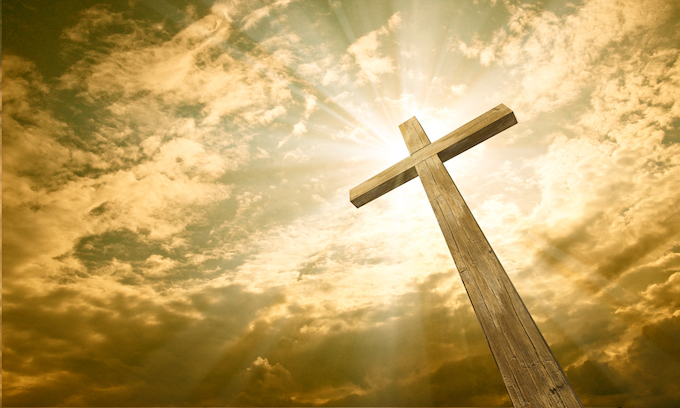
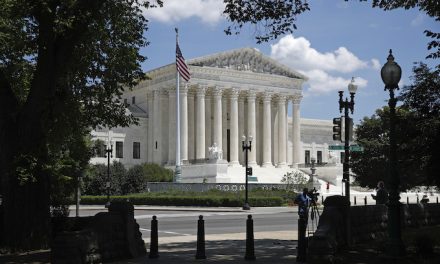
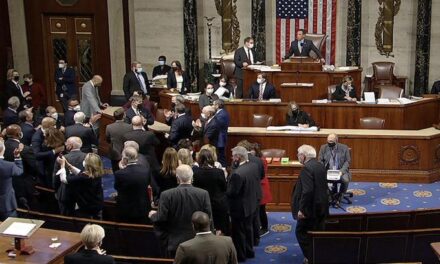
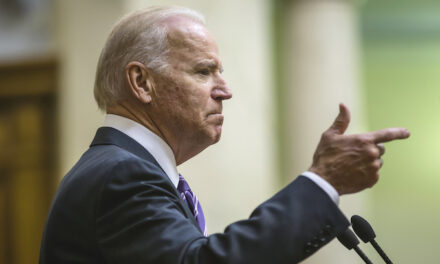









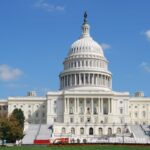


Recent Comments